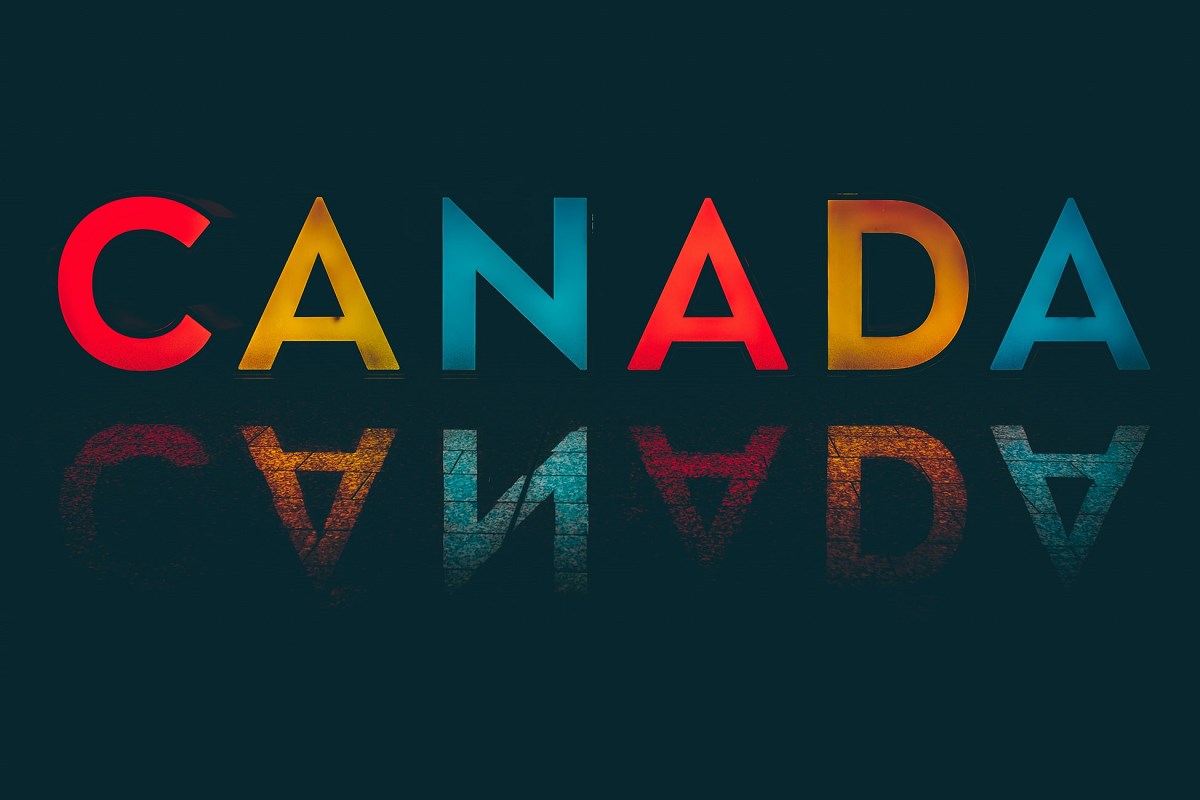
To capture growth opportunities, the four-star, bronze-rated Counsel Canadian Growth mandate is driven by two completely independent research engines, says David Picton, president, CEO and portfolio manager at Picton Mahoney Asset Management in Toronto. The fund wrapped up last year with a robust 22% year-to-date return, as of December 30.
“The core belief system at our firm,” says Picton, “revolves around a positive fundamental change in a company. I think what really differentiates us is the unique way in which we combine quantitative and fundamental information in our decision-making process.”
Part of the change tends to be associated with price momentum over time, but it’s the underlying fundamental change in the company that’s the most important aspect to the investment team. The mandate favours businesses that are accelerating or changing for the better. Picton says that the recommendations generated by the two research disciplines results in a higher conviction in the underlying investment ideas.
Picton draws on more than two decades of experience and a broad research team of approximately 35 investment professionals across equities, fixed income and some hedge-related strategies.
The fund holds 50 to 75 large-cap stocks and is characteristically positioned with approximately 90% in Canadian equities and 5% U.S. equities. The U.S. offers opportunities in technology and healthcare to enhance diversification. The fund will “absolutely” be overweight or underweight sectors in the TSX, but the approach is not sector driven. To protect exposures in the mandate, minimum or maximum constraints are put in place.
Sectors to Watch
Reflecting on last year, Picton says we’ve gone through the really strong acceleration stage in early economic recovery, with dramatic monetary and fiscal stimulus, and some of the best economic growth rates seen in decades.
“But now we’re moving into a different stage cycle,” says Picton. “we’re moving into growth but at a slower rate as stimulus is slowly removed. We still have the resource sectors, and they’re a nice inflation hedge in case this inflationary environment continues, but as you get into the next stage of the economic cycle, you probably want more earnings quality, sustainable growth companies to show up in the portfolio.”
Based on a bottom-up approach, the fund is weighted with approximately 35% in financials, 16% technology, and 13% industrials, and that has been the case for some time. According to Picton, in the financial space, we’ve seen the recovery underway with dramatic improvement over the last six-to-12 months. In technology, there was a lot of acceleration of positive change in the sector with as a result of the coronavirus pandemic. Then in industrials, Picton says there are a lot of quality positive-change ideas within the space, regardless of Covid.
What is really intriguing to the team right now is the metals sectors, especially copper. According to Picton, the copper cycle, and most mining cycles, are about a decade long, so long-term changes impact them. Historically, global demand for metal, especially demand from China, peaked in terms of growth rates around 2010/2011. Within the last few years, most of the projects are now running full out, yet demand continues to increase, and inventories are very low. “If you go out a couple of years from now,” says Picton, “there are a lot of projects that are readily apparent that could satisfy continuing growth and demand. So the positive-change dynamic here has gone from a 10-year negative change environment to now a very longer-term positive change environment. We think this gives a nice tailwind to a lot of these copper companies that are available out there.”
He says another area of positive fundamental change includes traditional oil stocks, especially in a growing economic environment. Those areas of positive underlying change dynamics are supported by both their quantitative and fundamental research.
Stocks in Focus
Financials are favoured in the top 10 holdings with five holdings across the sector, including the Royal Bank of Canada (RY) and Bank of Nova Scotia (BNS). “We don’t tend to be big players in banks one way or the other,” says Picton, “we own a couple in fairly larger sizes, just to make an impact. This is a great climate for banking, you’ve got the recovery, and valuations are reasonable, so you have this nice acceleration of positive change of earnings trends.”
Also among the top 10 holdings, Sun Life Financial Inc. (SLF) is favoured. “Sun Life,” says Picton, “continues to consistently deliver superior results in the group, which is why it shows up during our research process.”






















